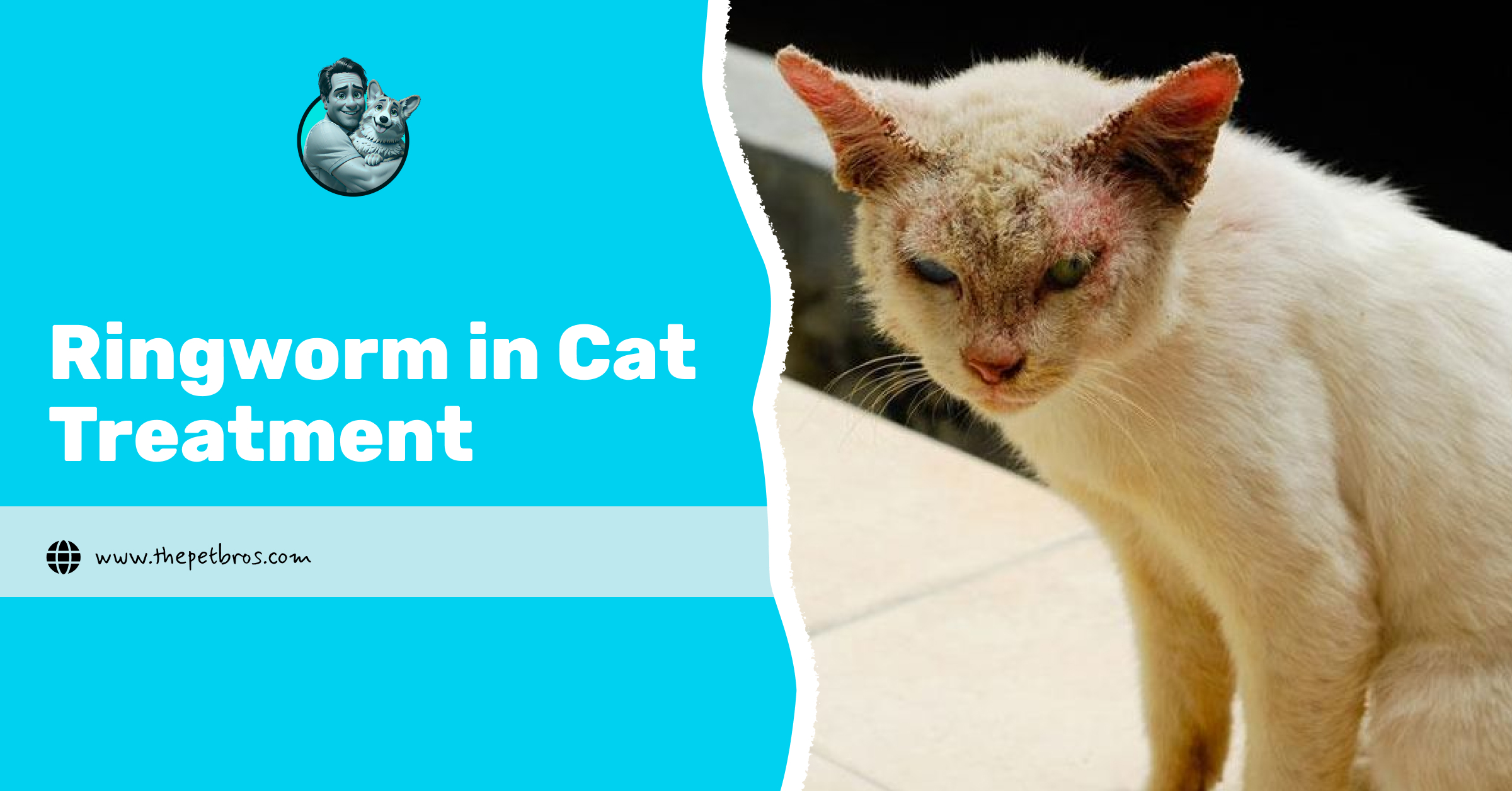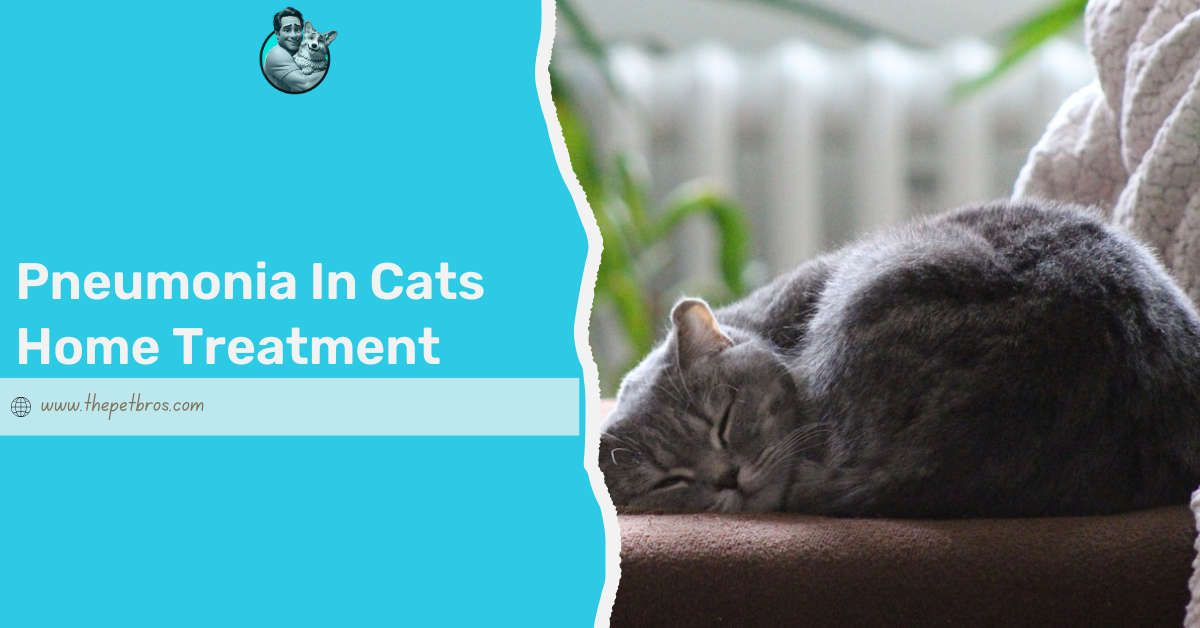Have you ever spotted a round bald patch on your cat and thought, “Well, that’s a bold new hairstyle?” As much as cats like to surprise us, this one isn’t about style; it could be ringworm. And before you picture an actual worm wriggling under your cat’s fur, don’t worry. Ringworm isn’t a worm at all, but a tricky little fungus that likes to cause trouble. The name might sound scary, just like the weird one you call your cat, but there is a bright side: with the right approach, ringworm in cat treatment is usually straightforward and effective. It just takes a bit of patience, consistency, and knowing the right steps to take. Left unchecked, though, it can spread quickly, not only to other pets but sometimes even to you!
So, before your cat turns into the patchy trendsetter of the neighbourhood, let’s get into what ringworm in cats is and how to treat it.
How A Vet Will Approach Ringworm in Cat Treatment
Whether you are looking to treat ringworm in your cat , or any other cat infection, the vet’s office is always the best starting point. Your vet might recommend topical antifungal creams or ointments, which are applied directly to the affected patches. These are great for mild cases where only a few spots are visible. For cats who love to wriggle away, medicated shampoos can also be prescribed. These are used during bath time, making it easier to cover larger areas, especially if the infection is a bit more widespread.
In more stubborn cases, oral antifungal medication is often the go-to. These medicines tackle the fungus from the inside out, making sure that the infection is dealt with thoroughly. While giving tablets to a cat can sometimes feel like trying to wrestle an octopus, your vet will guide you on how best to administer them. Medicated dips or baths are another option for particularly tough infections, though they usually require patience and consistency since your cat might not be thrilled about the process.
The most important part of ringworm in cat treatment is completing the full course, no matter how quickly your cat seems to improve. Stopping early can allow the fungus to linger, leading to a relapse and possibly more spreading around your household. Stick with the treatment plan, attend follow-up visits with your vet, and you will usually see steady progress until your cat is back to their silky-coated self.
Caring For Your Cat at Home
Once your vet has started treatment, the real work continues at home. Caring for a cat with a ringworm is a bit like babysitting a mischievous toddler who insists on touching everything. Every single element in your environment must be clean and comfortable, such that the fungus has little chance of spreading. Start by keeping your cat’s bedding, blankets, and any favourite soft spots freshly washed. Hot water and thorough cleaning make a significant difference in preventing fungal spores from sticking around.
Also, consider limiting your cat’s roaming space. While it might feel mean to confine them to one or two rooms, it keeps the infection under control and prevents spores from sneaking onto sofas, carpets, and even your clothes. Regular vacuuming is your best friend during this time, as it helps scoop up those invisible spores that love to hide in fibres.
Beyond cleaning, prioritise keeping your cat’s immune system strong. This makes an unimaginably huge difference. A well-balanced diet and plenty of fresh water support their body as it fights off the infection. Gentle grooming also helps you monitor the healing progress. However, when doing this, ensure you use a separate brush for the infected cat to prevent the risk of passing anything to others in the house. Lastly, paying attention to details is key here; one tail wag can mean so much.
4 Ways To Prevent Ringworm From Spreading During Treatment
Now, this is where things get a little tricky. Ringworm is not just a cat problem. It can spread to people and other pets, too, so prevention is just as important as ringworm in cat treatment. Think of it as drawing a line in the sand and saying, “No further.” Here are four ways to achieve that:
- Wash your hands after handling your cat. It sounds simple, but these little habits protect you the most. Wearing gloves when cleaning bedding or touching areas your cat likes to lounge on adds an extra layer of safety.
- Keep infected cats separate. If you have more than one cat, try to keep the infected one apart until the vet gives the all-clear. This prevents the fungus from spreading to other pets. Dogs in the household can also catch ringworm, so limiting shared spaces and toys is wise.
- Maintain strict cleaning routines. Vacuum floors and furniture regularly, wipe down hard surfaces, and wash fabrics in hot water whenever possible. Spores can survive for weeks if left undisturbed, so staying on top of cleaning keeps them from building up.
- Monitor your own health closely. With your cat following you everywhere, it’s easy to forget that ringworm can affect humans, too. Watch out for red, itchy patches on your skin, especially on your hands, arms, or face. If you notice any unusual spots, check with a doctor promptly. Early detection makes treatment simpler and prevents the infection from spreading to other family members or pets.
When Should You See a Vet?
Ringworm is not as rare as a lilac-colored cat; it is common. It might be tempting to wait and see if a little patch of hair loss might resolve itself, but waiting is rarely a good idea. If you notice those tell-tale signs, round bald spots, flaky skin, or your cat scratching far more than usual, it is best to book a vet appointment.
A veterinarian will not only confirm whether it is indeed a ringworm, but they will also guide you on the best course of action. Cats with weaker immune systems, such as kittens or older cats, may find ringworm more challenging to fight off, so professional care makes a significant difference.
Even if you are reasonably certain it is ringworm, getting it checked ensures that you are not misdiagnosing it as another skin condition. Some allergies, fleas, or even mange can look surprisingly similar. The sooner you get the right diagnosis, the quicker you can start the right treatment.
If you have other pets or children at home, it is even more important to act quickly. Ringworm spreads fast, and a vet can give you advice on how to minimise the risk for everyone else. At the end of the day, trust your instincts. If something feels off with your cat’s skin or coat, seeing the vet saves you worry and helps your cat heal faster.
Conclusion
Ringworm in cat treatment can feel like a lot at first, but don’t panic. With a bit of patience, your cat will start feeling better sooner than you think. Keep an eye out for early signs and get help quickly if you need it because it really does make a difference. Treating ringworm in cats goes beyond just getting rid of the spots; it is about keeping your home safe and making sure your furry friend stays comfortable and happy while they recover.
FAQs
How do vets treat ringworm in cats?
Vets use antifungal creams, oral medication, and medicated baths to treat ringworms in cats.
How to treat ringworm in cats without a vet?
Home care is limited; professional diagnosis and prescription of antifungals are safest for effective ringworm treatment.
Can I touch my cat if it has ringworm?
Yes, but always wear gloves and wash your hands thoroughly, as ringworm easily spreads to humans.
Why do cats get ringworm?
Cats catch ringworm from spores in the environment, other animals, or contaminated surfaces.
How to tell if a cat has ringworm?
Look for circular bald patches, scaly skin, and broken hairs; confirm with a vet test.
Do I have to disinfect my house if my cat has ringworm?
Yes, thorough cleaning prevents spores from lingering and reinfecting cats, humans, or other pets.














